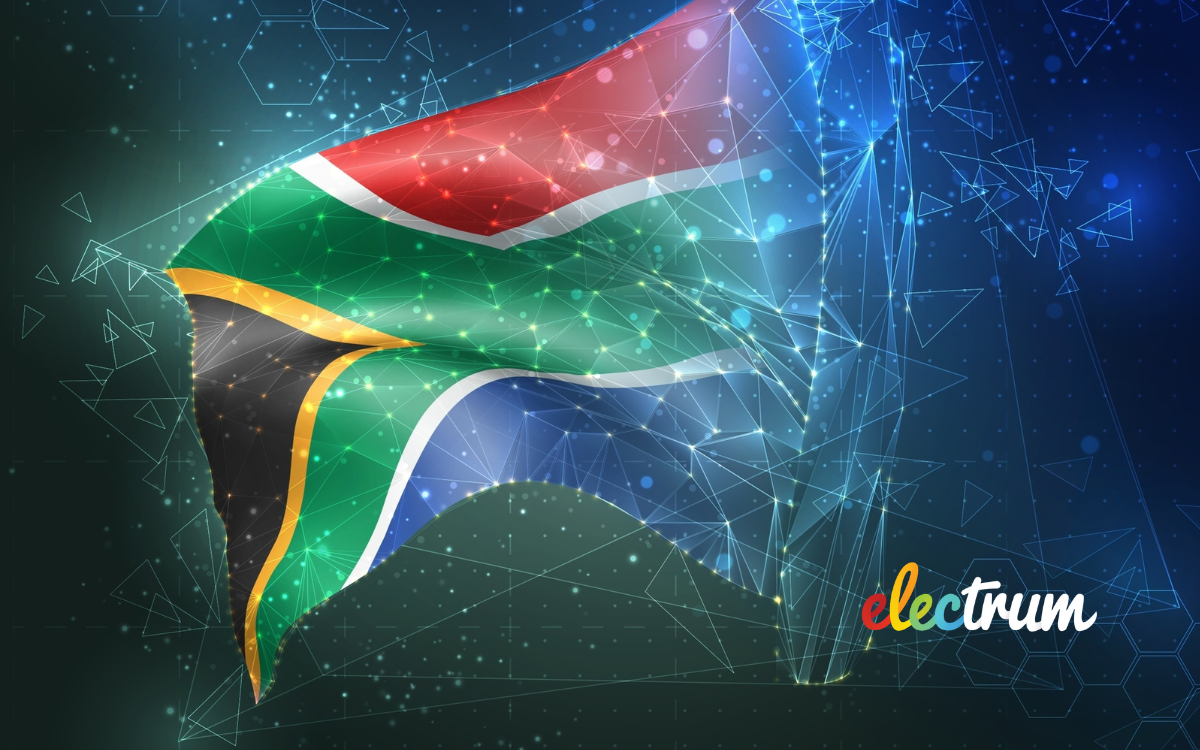
This blog looks at the payments landscape as it currently exists, and the significant transformation of this landscape, the emergence of new payment rails and methods that led to the entry of fintechs and other non-bank entities into the payment services ecosystem. We discuss how the current regulatory framework allows different levels of participation in payments processing and provides a brief look at expected changes in the future.
In a recent series of interviews with various participants in the payments industry, Electrum found that collaboration between industry players is talked about with great enthusiasm. However, alongside this enthusiasm, it is also clear that entities are faced with significant challenges. The landscape itself has undergone profound changes, witnessing the entrance of numerous types of non-bank entities. Yet, despite this evolving ecosystem, participants are still eagerly awaiting the implementation of anticipated changes in the regulatory framework that would provide much-needed clarity to their roles and responsibilities.
Banks and other players
Banks have long been at the inner core of the National Payments Systems (NPS) ‘Onion Ring model’, with the ability to act in both the clearing and settlement participant layers of the inner core. In the realm of person-to-business (P2B) payments, particularly those that are based on card rails, the traditional ‘4-party model’ of banks acting as merchant acquirers and payment instrument issuers still functions effectively.
However, as the payments landscape diversifies beyond card-based transactions, attention is shifting towards person-to-person (P2P) and business-to-person (B2P) payments in the drive to reduce reliance on cash in the overall economy. Along with the proliferation of mobile device payments through apps, QR codes, and NFC (near field communication) technology, this has paved the way for non-bank entities to enter the payments processing landscape.
The major types of non-bank entities are retailers, mobile network operators (MNOs), social media platforms, and insurance companies:
-
Retailers offer banking services such as withdrawals, bill payment, and money remittances at their point-of-sale (POS) terminals, and some retailers are even issuing their own credit cards to customers;
-
Some MNOs and social media platforms provide mobile wallet services;
-
Major insurance companies provide certain banking services.
Fintechs
Fintechs are companies that leverage technological innovation in financial services to improve the use and delivery of financial services to end-users. While payments processing is one area where fintechs have a significant presence, they also operate in lending, savings and deposits, insurance, investments, financial planning, advisory services, capital raising, and B2B (business-to-business) technology services.
In the payments ecosystem, fintechs enable retailers, MNOs, insurance houses, and also banks to provide various payments-related services to end-users. Fintechs provide innovative and consumer-centric solutions in a cost-effective and scalable manner.
Some of the services or products that fintechs provide in payments include:
-
Payment aggregation services
-
Third-party payment services
-
Closed-loop mobile wallets
-
Payroll processing services
-
Cross-border payment processing services
-
Crypto payment processing services
-
Mobile point-of-sale terminal development services
The current landscape
Presently, the Payments Association of South Africa (PASA) controls the payments landscape in the country. Participation in clearing, settlement, and other processing activities is determined based on membership or registration with PASA:
Member participants have direct access to clearing and/or settlement processing with the NPS
-
All registered banks in South Africa are members of PASA and may participate directly as settlement and clearing participants;
-
A small number of non-banks are also designated as clearing participants.
Non-banks that are not PASA members can participate indirectly in payments processing with the NPS in the following ways
-
Third-party payment providers (TPPPs) are registered with PASA through sponsorship from member banks to provide payer or beneficiary payment services to consumers. TPPPs may take money from one party for the purpose of on-payment to a third party.
-
System operators (SOs) are authorised by PASA to provide technical capabilities for transaction message processing.
Entities outside of the PASA framework may only process payments through entities inside of the PASA framework, and processing capability is more restricted.
The following diagram summarises the current landscape:
-2.jpg)
The future of the payments landscape
Anticipated changes to the payments landscape will aim to enable non-bank entities to participate more directly in the NPS. Two significant initiatives are driving these changes:
1. Review of the NPS Act
The South African Reserve Bank (SARB) conducted a review of the NPS Act in 2018 and published a policy paper (Review of the National Payment System Act 78 of 1998) in December 2018. The policy paper, which includes recommendations for expanding direct participation capabilities to non-banks (‘Recommendation 13’ of the paper), is currently being refined and prepared for presentation to Parliament.
2. Payments Industry Body (PIB)
The SARB requested PASA to facilitate the co-design of a new Payments Industry Body with an inclusive set of stakeholders. The aim is to transition PASA into the new PIB with the objective to establish a more inclusive payments ecosystem that promotes collaboration and competition between stakeholders. The PIB Design Report was finalised in November 2022 and is currently under review by the SARB.
Conclusion
The payments industry currently includes a wide range of entities that include banks as well as non-banks. The Modernised Payments in South Africa Report explores the role of collaboration between participants in a number of the Vision 2025 objectives, in particular the objectives about improving financial inclusion, increasing competition, and driving interoperability in payments. In the Report, it becomes clear how participants across all sectors of the payments landscape view the current progress (and the need for further improvement) of collaboration between parties, and the urgent need for an improved regulatory framework to become available.
Resources
-
The World Bank published a South Africa Financial Sector Assessment report in January 2022.
-
An overview of developments in South Africa’s payments industry – an article published by Maurits Pretorius, Jason Wang, and Johan Buitendach from PASA in the Journal of Payments Strategy and Systems in June 2022. This article provides a thorough overview of the NPS, all the payment streams that are supported and the factors that influence it.
-
The Expanding Role of Non-banks in South Africa is an article published by Deloitte that unpacks Recommendation 13 from the SARB’s policy paper.
-
The Intergovernmental Fintech Working Group (IFWG) published their Fintech Landscape in South Africa study in 2019, which provides a comprehensive description of all fintech categories and players at the time.
Payments Research Report
Modernised Payments in South Africa
Comprehensive insights into the modernisation of payments in South Africa and the industry's progress towards meeting the goals of Vision 2025.

.jpg)
Rinske van der Bijl
Rinske van der Bijl is a Senior Product Manager at Electrum. She has worked in the South African payments processing landscape for the past decade and has been at Electrum since 2018. Having initially specialised in Digital Goods and Services, she now works on building out our very exciting Payments product line. Also known as "Kiara's Mom", Rinske brightens our days by often bringing her fluffy, friendly Golden Retriever with happy tail wags to the office.
Electrum Newsletter
Quarterly insights and news to help you keep up with the latest changes in the payments landscape







